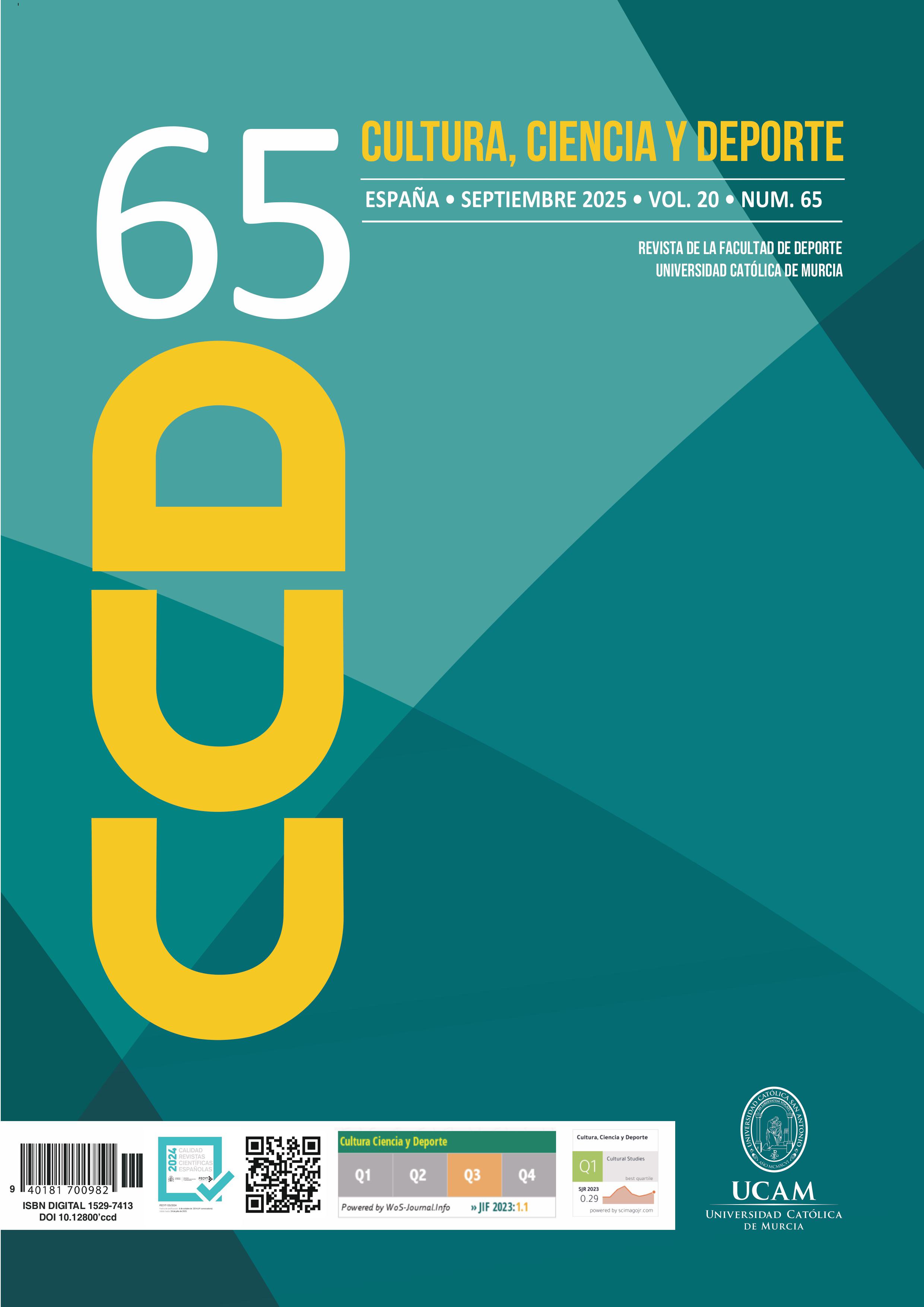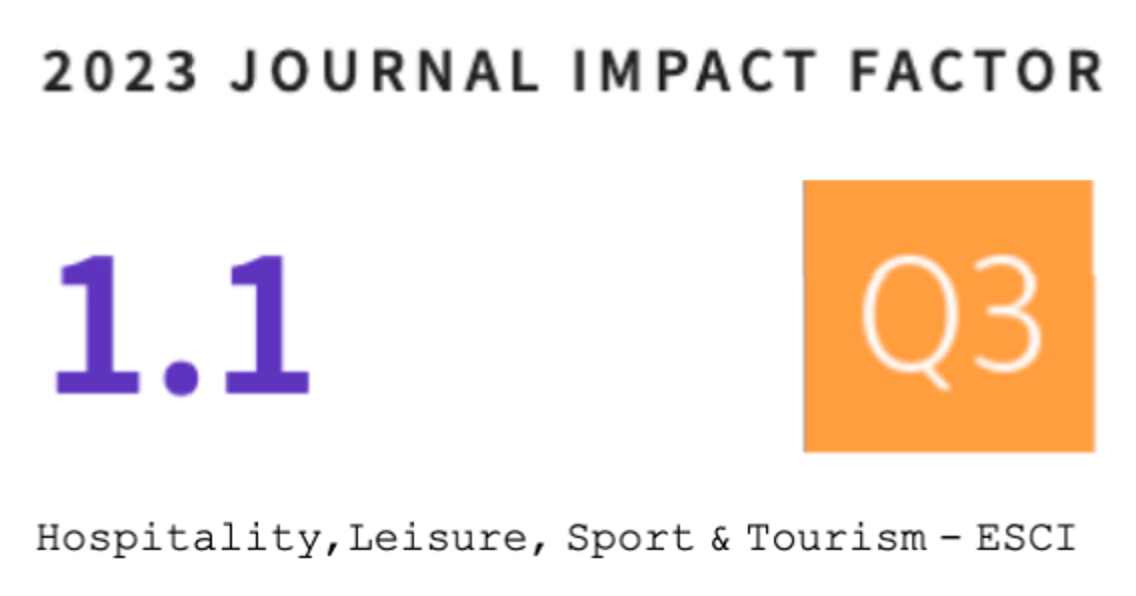CAN A GAMIFIED PROPOSAL IMPROVE KNOWLEDGE AND ATTITUDES TO PERFORM CARDIOPULMONARY RESUSCITATION? A PILOT STUDY WITH SECONDARY SCHOOL STUDENTS FROM CANTABRIA
GAMIFICATION TO IMPROVE KNOWLEDGE AND ATTITUDES TO PERFORM CARDIOPULMONARY RESUSCITATION
DOI:
https://doi.org/10.12800/ccd.v20i65.2307Resumen
The objective of this study was to analyze the knowledge and attitudes towards Basic Life Support (BLS) acquired through a gamified proposal. A comparative study was carried out with Compulsory Secondary Education students [control group (CG; classical teaching) and experimental group (EG; gamified proposal)]. An Ad Hoc questionnaire of 10 questions was used to evaluate knowledge and an attitude questionnaire towards BLS in 65 students (30 women) with a mean age of 14.14 ± 0.43 years. The results of the total number of correct answers between the CG and the post-intervention EG were not significant (p > 0.050), but they were significant in both groups with respect to the pre-intervention questionnaire [i.e., CG (p < .050). 001); EG (p < .001)]. In the post-intervention attitude questionnaire, EG scores increased in self-perception (p < .001), intention to perform BLS (p = .011) and positive motivation (p = .006), and amotivation score decreased (p = .027), but there were no changes in CG (p > .050). A gamified proposal produces the same learning as the traditional method and, in addition, increases perceived self-efficacy, positive motivation and intention to perform BLS, and decreases demotivation.
Descargas
Publicado
Cómo citar
Número
Sección
Licencia
Derechos de autor 2025 Creative Commons Attribution License

Esta obra está bajo una licencia internacional Creative Commons Atribución-NoComercial-CompartirIgual 4.0.
Los autores que publican en esta revista están de acuerdo con los siguientes términos:- Los autores conservan los derechos de autor y garantizan a la revista el derecho de ser la primera publicación del trabajo al igual que licenciado bajo una Creative Commons Attribution License que permite a otros compartir el trabajo con un reconocimiento de la autoría del trabajo y la publicación inicial en esta revista.














